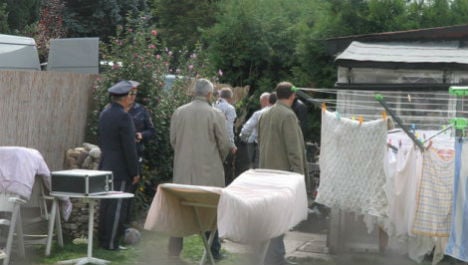A neighbour discovered the women's bodies in an allotment shed, after discovering a suicide note signed by both women in his mailbox.
The police are still investigating what happened, and trying to determine who killed who.
“A neighbour found a farewell letter from the women and went round to see if everything was OK. He found their bodies in the shed and immediately called the police,” police spokesman Christoph Pölzl said.
Officers found a handgun by the women’s bodies. Their five dogs and one cat were also found dead, inside the women’s house.
Both bodies had gunshot wounds and police do not believe anyone else was involved in the women’s deaths. An autopsy will be held to determine exactly how they died. They left a suicide note with at least one other neighbour.
The 64-year-old man who found their bodies said they had left a sealed letter in his mailbox, with a note asking him to post it to Germany. He told police that he had seen the women walking their dogs at the weekend, and that they had not seemed depressed and had never expressed suicidal feelings.



 Please whitelist us to continue reading.
Please whitelist us to continue reading.